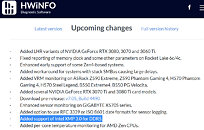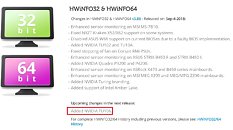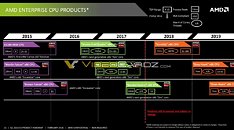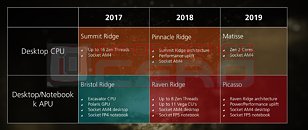
New AORUS and HWiNFO Co-branded OSD Takes Your PC Experience to the Next Level
GIGABYTE TECHNOLOGY Co. Ltd, a leading manufacturer of motherboards, graphics cards, and hardware solutions, proudly introduced the new AORUS and HWiNFO co-branded proprietary OSD feature, which demonstrates again GIGABYTE's devotion to delivering premium PC user experience. GIGABYTE collaborated with HWiNFO in 2023 to launch a co-branded version featuring the exclusive AORUS theme.
Taking user experience as the top priority, GIGABYTE aims further to provide all PC users with a neat and friendly OSD (On-Screen Display) function with easy setup. Consequently, GIGABYTE deepened its partnership with HWiNFO to introduce the AORUS and HWiNFO co-branded OSD feature with no need for additional software installation. It can display values as text or graphs in an overlay or independent window, as well as within full-screen applications or games. This provides users with another convenient and free-of-charge option other than existing OSD software in the market.
Taking user experience as the top priority, GIGABYTE aims further to provide all PC users with a neat and friendly OSD (On-Screen Display) function with easy setup. Consequently, GIGABYTE deepened its partnership with HWiNFO to introduce the AORUS and HWiNFO co-branded OSD feature with no need for additional software installation. It can display values as text or graphs in an overlay or independent window, as well as within full-screen applications or games. This provides users with another convenient and free-of-charge option other than existing OSD software in the market.






























